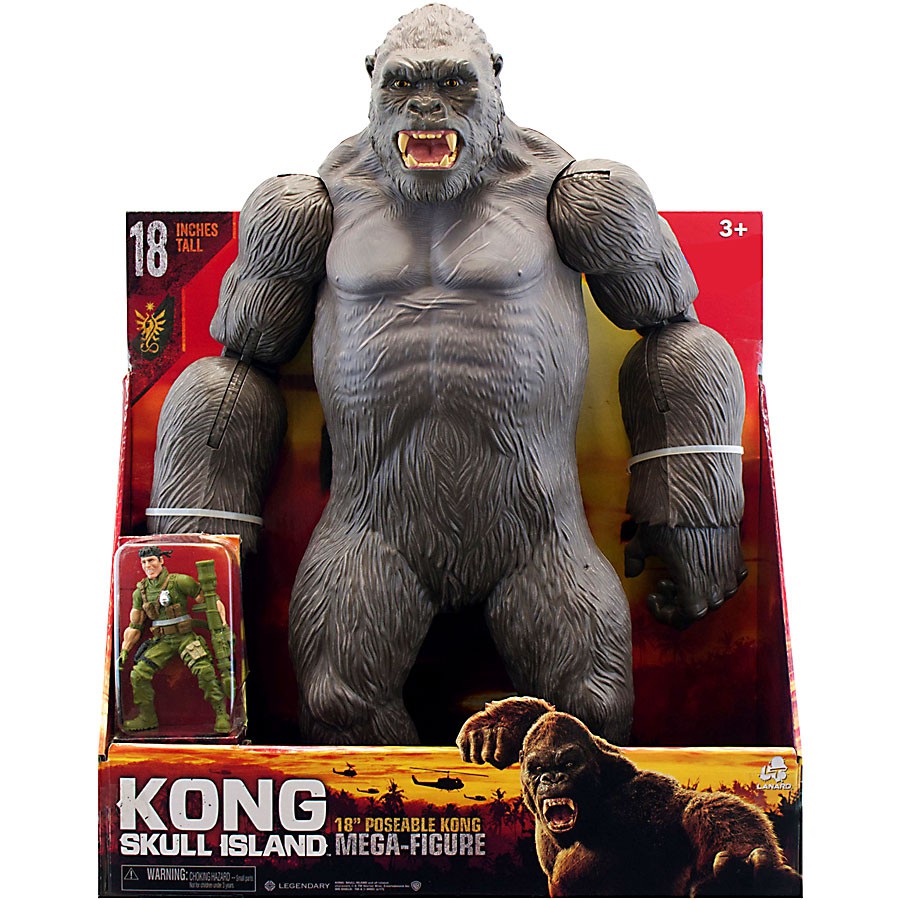

Carl Denham, who deemed Kong as the Eighth Wonder of the World in the film, previously had no knowledge of the ape prior to landing on Skull Island, which makes this theory unlikely. Some reports say that it serves as a prequel to the 2005 film it is based on, but there is no proof of this, especially since the safari group behind the ride is called the Eighth Wonder Expedition Company. The attraction itself is considered its own island as it is the only major landmark in the area, save for a gift shop cart that sells merchandise specifically focused on the ride and King Kong.Īlthough the ride is clearly set on Skull Island, it's unknown where in the timeline of the film it is set. Skull Island: Reign of Kong opened on Jas the eighth and newest island at the park. In early 2016, Universal later announced that almost fifteen years after the closure of Kongfrontation, King Kong would be returning to Universal Orlando Resort in a new ride at Islands of Adventure.

Rumors began to point towards a new ride based on the recent sequel Jurassic World, due to the location of the construction. In 2015, guests reported seeing construction occuring near the left entrance to the Jurassic Park section of Islands of Adventure, which included this entrance's version of the iconic Jurassic Park gate being removed.

Revenge of the Mummy currently sits in the spot that Kongfrontation formerly occupied. The ride was closed in 2002 for unknown reasons, though it is speculated that the animatronic figures of King Kong featured in the ride were unreliable, and required a lot of maintenance. This was complicated by water interaction on the fur, which meant close collaboration with the water simulation team on a variety of looks.When Universal Studios Florida first opened on June 7, 1990, one of the headlining attractions was Kongfrontation, a ride based on the 1977 remake of King Kong where guests attempted to evacuate New York City during the title character's rampage that took place in the final act of the film. Technically, hair was the greatest challenge. ILM has been perfecting the hair pipeline with “Warcraft” and “The Revenant,” but Kong required a dedicated two-person team for thicker and more-realistic grooming, which also demanded a battle-weary look. ILM worked with a 7-foot gorilla model and then scaled it up to 100 feet or more and filled in the surface area with 19 million hairs. In fact, for one of the first times ever, we added displacements, which gave 3D depth to the iris.” “And gorillas have fascinating eyes with complex iris color and stained white, so we spent a lot of time getting the details right. “We knew from the beginning that the eyes were going to have to be tricked out to a level,” White said. ILM’s facial-capture system, honored this year for the Academy’s Sci-Tech Award, advanced the eye work in particular. And although ILM used motion-facial-capture video reference (actor Terry Notary for the body, and actor Toby Kebbell, who has a co-starring role, for the face), the animation was entirely keyframed. And being upright is a difficult thing for a normal gorilla to do, so we had to find the right cadence and the right movement style to make it work.”īut, at 100 feet, this represents the biggest and most badass Kong.

SKULL ISLAND KING KONG MOVIE
And we came back to the idea that he’s a movie monster, so he doesn’t walk on all fours. “Jordan wanted to go back to the 1933 version where Kong was more of a new species - a hybrid of man and gorilla. “What’s interesting is that Kong is intentionally not a gorilla in this film,” said ILM’s VFX supervisor Jeff White. He’d also be amazed at the technological advancement, which even surpasses Peter Jackson’s 2005 remake that won the VFX Oscar for its CG and performance-captured brilliance. “Kong” creator Willis O’Brien would be pleased. So it’s fitting that the film also returns to the original 1933 stop-motion design of “King Kong” to animate the beast.
SKULL ISLAND KING KONG FULL
Jordan Vogt-Roberts’ “ Kong: Skull Island” transports the big screen’s favorite giant gorilla to the Vietnam era (riffing on “Apocalypse Now”) and takes full advantage of the land-out-of-time motif.


 0 kommentar(er)
0 kommentar(er)
